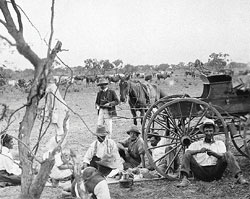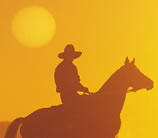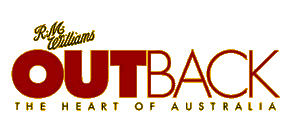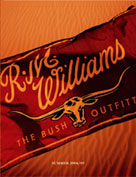LEGENDS OF THE OUTBACK
 The Drovers: Moving mobs across the country
The Drovers: Moving mobs across the country
The era of the drover may be lost forever, but its contribution to the cattle industry and the vivid memories of its aging veterans will not fade away.
By John Dunn
Every year they come to Camooweal, the drovers of old; and at Longreach, too, they gather to yarn about the days of long ago when they were the kings of the faraway plains, the masterly horsemen of the past who kept the nation’s cattle industry moving as they conquered an unforgiving continent. Some arrive in wheelchairs and others with walking frames and sticks because age is relentlessly wrecking their ranks, but not even the ravages of time can dim the memories of extraordinary experiences and the recall of a magnificent era that has been largely superseded by mechanisation.
Camooweal and Longreach are the annual meeting places of these veteran drovers today. Both hold functions to honour those who pioneered cattle transportation in this country. These north-west Queensland towns are the body and soul of droving – Longreach is the former, with its structural and historical displays through the Stockman’s Hall of Fame, and Camooweal the latter, with its emotional connection because of the part it played as the hub of the great stock routes of the 1900s.
Indeed, through the years, Camooweal (Aboriginal
for ‘big wind’) has carried the title of ‘the drovers’ town of Australia’.
Situated just 13 kilometres
from the Northern Territory border, it was the staging point. This was
where the plants were assembled, with stockmen recruited, horses selected
and provisions
purchased. This was where many of the mobs that had come from away in
the west down the Murranji Track and across the Barkly Tableland diverged,
either continuing on to the abattoirs in the east or turning south down
the Georgina
River to the railheads and the markets further on. ![]()
Full story OUTBACK Issue 37 October/November 2004


